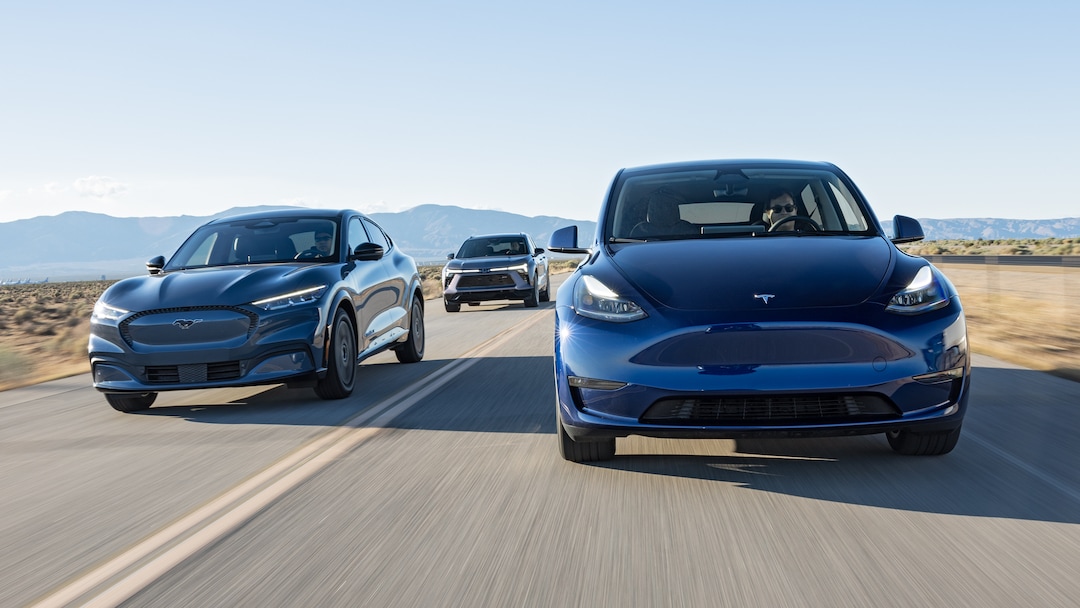A new University of Michigan study has sifted through mountains of data and compared the total cost of ownership (TCO) of gasoline, hybrid, and electric vehicles across 14 major U.S. cities to determine the most expensive place to live and drive in the country. It’s all broken down into five different vehicle classes (compact, mid-size sedan, small SUV, mid-size SUV, pickup truck), three powertrains (internal combustion, hybrids, and all-electric BEVs), and three BEV variants (200-, 300-, and 400-plus mile ranges), tabulating the total initial, recurring, and end-of-life costs of ownership of each vehicle type.
The new study notes “adjustments for local gasoline prices, electricity rate plans, home charging access, and the impact of local temperatures and drive cycles on fuel economy,” among other factors at play, and developed different use patterns and charging scenarios for finer-tuned results. It’s intended to mostly measure the delicate cost differences over time between modern ICE vehicles, hybrids, and battery electric vehicles available for sale in the U.S. to determine if or when EVs and hybrids could reach price and cost parity with traditional gas vehicles. Some data and previous studies this research is based on is a few years old (mostly 2020 model-year info), but it’s just been published this week, and the conclusions should still be relevant to the trends of the current marketplace.
Conclusions
Battery Electric Vehicles (BEVs) are more expensive in all initial cost categories, but have lower recurring costs. Charging costs for electric cars are highest in cities like Boston, San Francisco, and Los Angeles, while they are lowest in Atlanta, Chicago, and Cleveland. Conversely, ICE refueling costs peak in San Francisco and Los Angeles but dip to the lowest levels in Houston and Dallas.

Various small and low-range EVs are found to be less expensive than comparable gasoline vehicles. For instance, the 200-mile range compact and mid-size electric sedans break even in three to seven years. Meanwhile, 300-mile range compact and mid-size sedans achieve breakeven in nine to twenty years. Long-range EVs generally are not yet cost-competitive with gasoline vehicles, even when accounting for subsidies.
Moreover, charging hybrids and EVs during off-peak hours and avoiding public charging facilities increases savings significantly. Charging costs are, on average, 1.85 times more expensive for BEV owners without home charging access. Thus, having home charging can reduce the lifetime cost by approximately $10,000 on average.
Ownership costs in the most expensive U.S. cities are nearly 40 percent higher than in the least expensive cities. For hybrid owners, Boston and Washington D.C. are the least costly cities, while Cleveland is the most affordable for all-electric and ICE cars. Houston presents itself as the cheapest for pickup trucks. The most expensive city across all classes and powertrains is New York City. Below is a ranking, from costliest to cheapest, based visually on the study’s gathered data:
- New York City
- Detroit
- Los Angeles
- Philadelphia
- San Francisco
- Miami
- Seattle
- Chicago
- Atlanta
- Dallas
- Houston
- Boston
- Washington D.C.
- Cleveland
If you want to delve deeper into the various scenarios and factors that contributed to this study, you can check out the full document containing all of its detailed figures and charts by clicking here.




